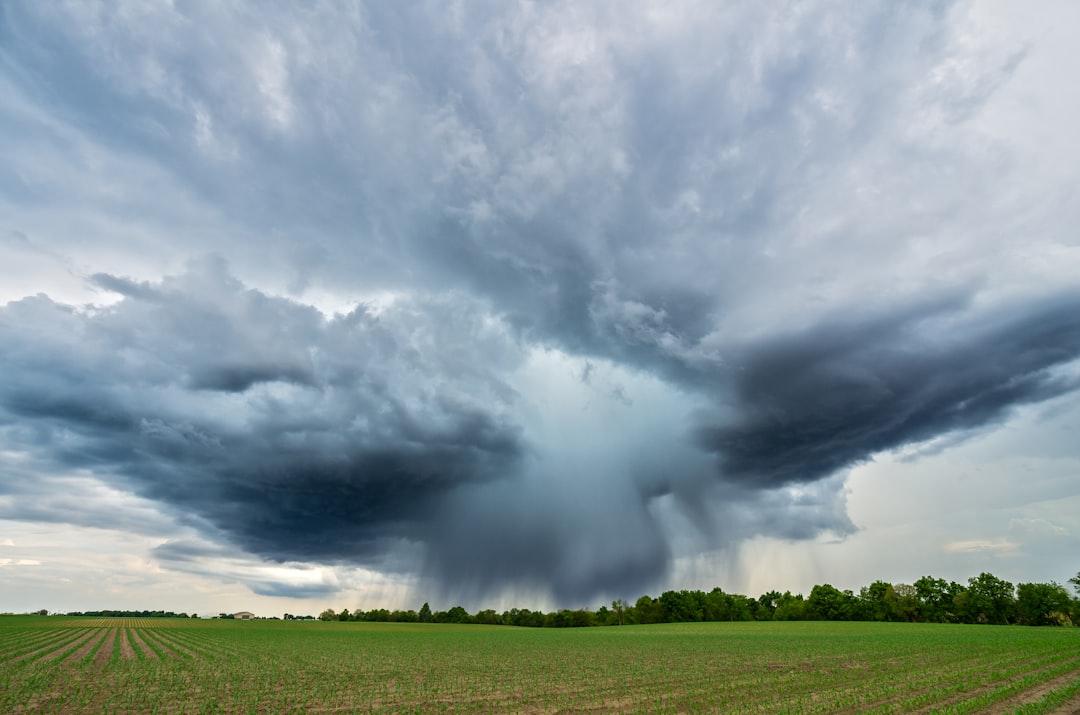Climate change is one of the most pressing challenges facing humanity today. It affects ecosystems, economies, and the health and well-being of people across the globe. But what exactly causes climate change? How does it impact our planet? And what can we do to mitigate its effects?
In this blog post, we’ll explore the science behind climate change, examine its far-reaching consequences, and highlight strategies we can adopt to build a more sustainable and resilient future.
What Is Climate Change?
Climate change refers to long-term alterations in temperature, precipitation, wind patterns, and other elements of the Earth's climate system. While Earth's climate has always varied, the rapid changes observed since the industrial revolution are largely driven by human activities, particularly the emission of greenhouse gases (GHGs).
Causes of Climate Change
1. Greenhouse Gas Emissions
The primary driver of recent climate change is the increase in greenhouse gases in the atmosphere. These gases trap heat, causing the planet to warm.
-
Carbon dioxide (CO₂): Released by burning fossil fuels (coal, oil, natural gas), deforestation, and some industrial processes.
-
Methane (CH₄): Emitted from livestock digestion, landfills, and natural gas leaks.
-
Nitrous oxide (N₂O): Released from agricultural activities and the use of fertilizers.
-
Fluorinated gases: Synthetic compounds used in refrigeration and industrial applications.
2. Deforestation
Trees absorb CO₂ from the atmosphere. Large-scale deforestation, especially in tropical areas, reduces the Earth’s capacity to store carbon and contributes to increased atmospheric CO₂.
3. Industrial and Agricultural Practices
Energy-intensive industries, excessive fertilizer use, and poor land management practices release GHGs and degrade the environment.
Impacts of Climate Change
Climate change affects every aspect of life on Earth. Its impacts are widespread and intensifying.
1. Rising Temperatures
Average global temperatures are increasing, leading to:
-
More frequent and intense heatwaves
-
Altered growing seasons
-
Melting glaciers and ice caps
2. Sea Level Rise
As glaciers and ice sheets melt and seawater expands due to warming, sea levels rise, threatening coastal communities and ecosystems.
3. Extreme Weather Events
Climate change is linked to stronger storms, heavier rainfall, prolonged droughts, and destructive wildfires.
Example: Hurricanes and typhoons are becoming more intense due to warmer ocean waters that fuel them.
4. Ecosystem Disruption
Species may be forced to migrate or face extinction as their habitats become unsuitable. Coral reefs, for instance, are bleaching due to warming waters and acidification.
5. Food and Water Insecurity
Changing rainfall patterns and extreme weather threaten agriculture and water availability, especially in vulnerable regions.
6. Human Health Risks
Climate change increases the spread of diseases, worsens air quality, and raises risks of heat-related illnesses and mental health challenges.
Mitigation Strategies
While climate change is a global challenge, solutions exist—and many are already being implemented. Mitigation refers to efforts to reduce or prevent the emission of greenhouse gases.
1. Transition to Renewable Energy
Replacing fossil fuels with solar, wind, hydro, and geothermal energy reduces carbon emissions and builds energy security.
2. Energy Efficiency
Improving the efficiency of buildings, vehicles, and industrial processes reduces energy use and emissions.
3. Reforestation and Afforestation
Planting trees and restoring forests help absorb CO₂ from the atmosphere and protect biodiversity.
4. Sustainable Agriculture
Practices like conservation tillage, organic farming, and efficient irrigation reduce emissions and enhance soil carbon storage.
5. Circular Economy and Waste Reduction
Recycling, composting, and reducing waste help lower methane emissions from landfills and reduce resource extraction.
6. Carbon Pricing and Climate Policy
Putting a price on carbon through taxes or cap-and-trade systems encourages businesses to lower their emissions. International agreements, like the Paris Agreement, promote global cooperation on climate goals.
Adaptation: Living with Climate Change
In addition to mitigation, adaptation strategies are essential for coping with the changes already underway:
-
Building flood defenses
-
Developing drought-resistant crops
-
Enhancing early warning systems
-
Planning for climate-resilient infrastructure
Adaptation focuses on reducing vulnerability and increasing resilience in communities.
What You Can Do
Even small individual actions can contribute to the larger fight against climate change:
-
Reduce energy use at home
-
Drive less or switch to electric vehicles
-
Eat a more plant-based diet
-
Support sustainable businesses
-
Vote for leaders and policies that prioritize climate action
Conclusion
Climate change is not a distant threat—it’s here, and its effects are being felt globally. But through collective action, innovation, and commitment to sustainability, we can reduce its impact and create a healthier planet for future generations.
Understanding the causes, impacts, and solutions to climate change is the first step toward meaningful change. The time to act is now.

Comments
No comments yet. Be the first to comment!
You must be logged in to comment. Login